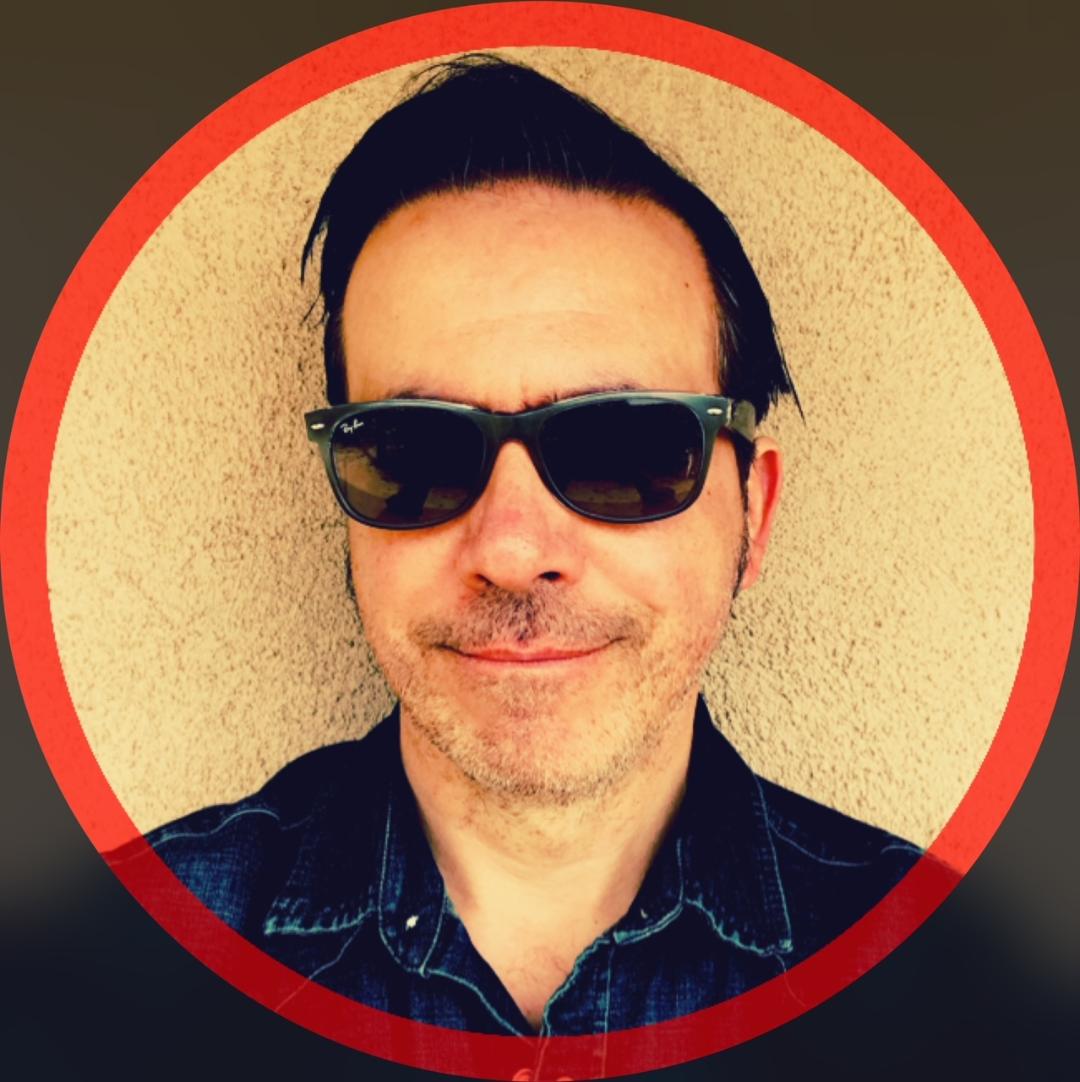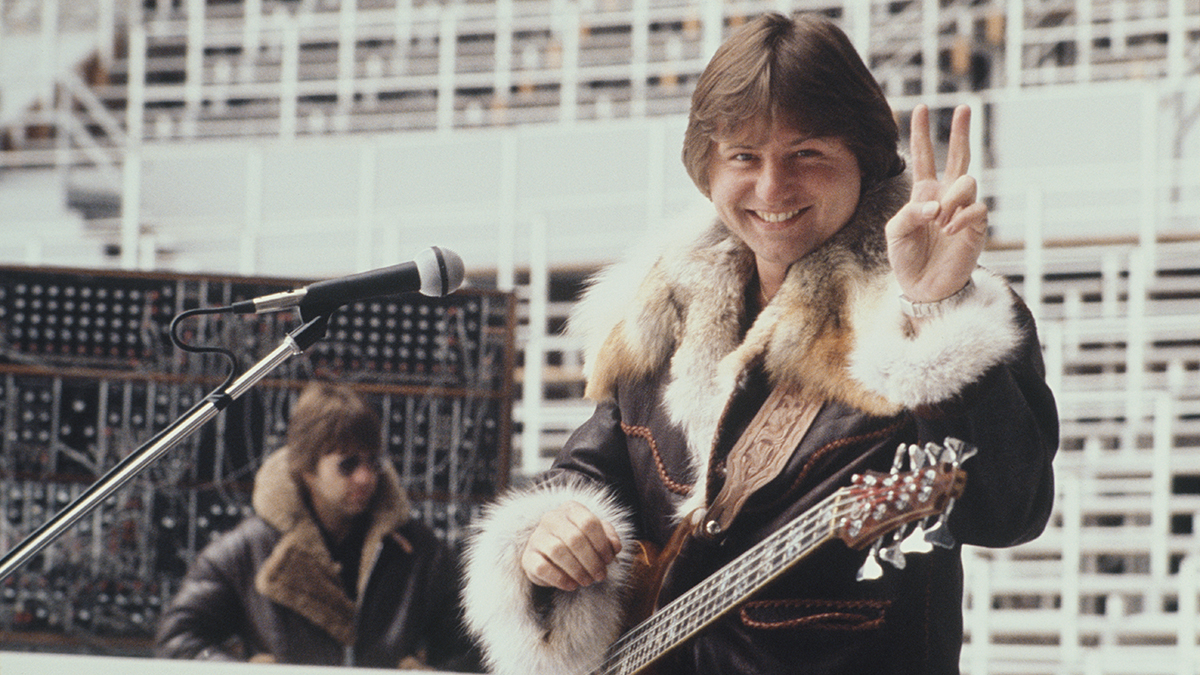Guide to the Songs and Instruments Featured on The Beatles' 'Let It Be' Album
By late 1968, The Beatles were in limbo. It had taken them five long months to record The Beatles ("The White Album") -- months marked by tension, disagreements and strained relations, not to mention a double album's worth of classic songs.
Paul McCartney, who had unofficially taken up the job of lighting various fires under the band after Brian Epstein's death, had a plan to get his band mates back into the spirit of things and, more importantly, back into the studio: a "return to our roots" approach that would make little or no use of studio artifice or multiple overdubs.
McCartney also proposed recording in a new location, perhaps culminating in a tour or one-off live show, "so people can see the boys rocking out again."
On the "Fly On The Wall" disc included with the Let It Be… Naked album, the band can be heard discussing the ill-fated idea of performing on a cruise ship. "We'd be stuck with a bloody big boatload of people for two weeks," Harrison says. "At least you can go home from here."
In the end, the band settled on a live TV show, and they met at Twickenham Film Studios in London on January 2, 1969, to start rehearsals for an album tentatively—and aptly—titled Get Back.
The ubiquitous tension quickly crept in, however (Harrison actually quit the group for a few days), and the band moved to their new recording studio at Apple Headquarters, 3 Saville Row, London, on January 22, with film cameras -- and keyboardist and longtime friend Billy Preston—in tow.
[[ No band made a bigger mark on rock in the 20th century than The Beatles. Guitar Legends: The Beatles takes you through the band's history, walks you through the making of three Beatles albums via interviews with the people who were there and gives you deep insights into the playing styles of John Lennon, Paul McCartney and George Harrison. It's available now at the Guitar World Online Store. ]]
All the latest guitar news, interviews, lessons, reviews, deals and more, direct to your inbox!
One problem, though: The studio, which was designed and built by the eccentric "Magic Alex" Mardas, who was befriended by Lennon during his LSD period and hired to run Apple Electronics, was completely unusable.
After trying to record with a mixing console made of wood and an old oscilloscope, George Martin made a frantic call to Abbey Road: "For God's sake, get some decent equipment down here!"
To the rescue came two eight-channel mixing consoles, which were used in tandem with Apple's one working piece of equipment, a new 3M eight-track tape machine. Martin's exact role in the recording of Get Back, later known as Let It Be, is still unclear; Glyn Johns, who was brought in by McCartney as an engineer, was present at more sessions than Martin and can be heard on more of the tapes. It has been suggested that his role had been unofficially elevated to more of a co-producer.
A wealth of photos and video from the Let It Be sessions leave no question as to the band's gear choices at this point. Harrison is often seen playing his custom-made rosewood Fender Telecaster (serial number 235594), which he later gave to Delaney Bramlett, and "Lucy," the 1957 Gibson Les Paul Standard (refinished to cherry red) given to him by Eric Clapton and famously seen in the "Revolution" promo film.
Lennon is rarely seen without his stripped-down Epiphone Casino. McCartney uses his 1963 Hofner 500/1 exclusively, although he can be seen playing his 1961 500/1 at Twickenham Film Studios (That model was stolen soon after filming). McCartney's Rickenbacker 4001S was present, but only as a backup.
In terms of acoustic guitars, Harrison and Lennon often shared Harrison's Gibson J-200, and McCartney plays his Martin D-28 on "Two of Us." When McCartney is in six-string mode, Harrison and Lennon take turns laying down the bottom end with another type of six-string, the Fender Bass VI, a six-string bass (Harrison uses it on "Two of Us"; Lennon can be seen playing it on "Dig It.") Lennon plays the slide solo on "For You Blue" on a Hofner Hawaiian Standard slide guitar.
Fender provided the amplification, with Harrison and Lennon playing through 85-watt "silverface" Twin amps with vibrato circuits and reverb and McCartney using a 50-watt silverface Bassman head and tall Bassman cabinet (Harrison and Lennon also played through the Bassman rig when using the Fender Bass VI). Harrison also played through a Leslie 147RV revolving speaker cabinet, as heard in countless hours' worth of studio outtakes and on his Telecaster solo on the single version of "Let It Be."
Despite the location shift, a few more obligatory arguments and the sometimes-fun, sometimes-somber mood depicted in the "Let It Be" film, McCartney got his wish; his "back to basics" project did include a live Beatles performance, the results of which are among the highlights of the Let It Be album.
On Thursday, January 30, the band set up on the roof of Apple Headquarters and performed to a bewildered street-level crowd. Their set included three versions of "Get Back," two versions of "Don't Let Me Down" and two versions of "I've Got A Feeling," plus "The One After 909," "Dig A Pony" and half-hearted attempts at "God Save the Queen" and "I Want You (She's So Heavy)." Martin is listed as producer, Johns as engineer and Alan Parsons as second engineer.
From this set, "The One After 909," "Dig A Pony" and the first pass at "I've Got A Feeling" made it onto Let It Be—three live tracks featuring McCartney on his 1963 500/1, Lennon on his Casino, Harrison on his Telecaster, Starr on drums and Preston on Hohner electric piano. A Lennon tune written in 1957, "The One After 909" features a biting Harrison solo that channels Clapton and other contemporary wailers much more than his past influences, including Carl Perkins.
Despite being mostly recorded before Abbey Road, Let It Be was the last Beatles album to be released and features the results of the final Beatles recording session: On January 3, 1970, McCartney, Harrison and Starr recorded Harrison's "I Me Mine" in 16 takes (Lennon was in Denmark and is not featured on the track); at this point, the song was 1:34 long; Phil Spector, who had been given the task of finishing and preparing the shelved-for-several-months Let It Be recordings for release, added 51 seconds to it by dubbing an orchestra and splicing on another chorus.
On April 1, Starr visited Abbey Road Studio One to overdub drums to coincide with Spector's orchestral overdubs. Nine days later, McCartney announced that The Beatles were through.
LET IT BE: EXTRA FACTS
Recorded: January 22-31 and April 30, 1969; January 3 & 4 and April 1, 1970
Location: Apple Studios (indoors and rooftop), Abbey Road Studio One
Released: May 8, 1970
iTunes: Click here.
Track List:
- Two of Us
- Dig A Pony
- Across The Universe
- I Me Mine
- Dig It
- Let It Be
- Maggie Mae
- I've Got A Feeling
- The One After 909
- The Long and Winding Road
- For You Blue
- Get Back
Yeah, Yeah ...
"Let It Be": Which Harrison guitar solo do you prefer? The album version offers pure crunchy brilliance; the single version (available on Past Masters) features a completely different solo, played through a Leslie revolving speaker cabinet.
… No
"The Long and Winding Road": Phil Spector tried to rescue a flat, listless recording by adding sugar-sweet Montovani-style strings and a sappy choir. So much for McCartney's "back to basics" idea.
Let It Be … Again
"I'm The Greatest," the opening track from Starr's chart-topping 1973 solo album, Ringo, is the closest thing to a Let It Be-era Beatles song. It is written by Lennon and features Lennon on piano and backing vocals, Harrison on guitar, Starr on lead vocals and drums and Billy Preston on keyboards. Long-time Beatle buddy Klaus Voormann stands in for McCartney on bass.Photo: thebeatles.comDamian Fanelli is the online managing editor at Guitar World.

Damian is Editor-in-Chief of Guitar World magazine. In past lives, he was GW’s managing editor and online managing editor. He's written liner notes for major-label releases, including Stevie Ray Vaughan's 'The Complete Epic Recordings Collection' (Sony Legacy) and has interviewed everyone from Yngwie Malmsteen to Kevin Bacon (with a few memorable Eric Clapton chats thrown into the mix). Damian, a former member of Brooklyn's The Gas House Gorillas, was the sole guitarist in Mister Neutron, a trio that toured the U.S. and released three albums. He now plays in two NYC-area bands.
